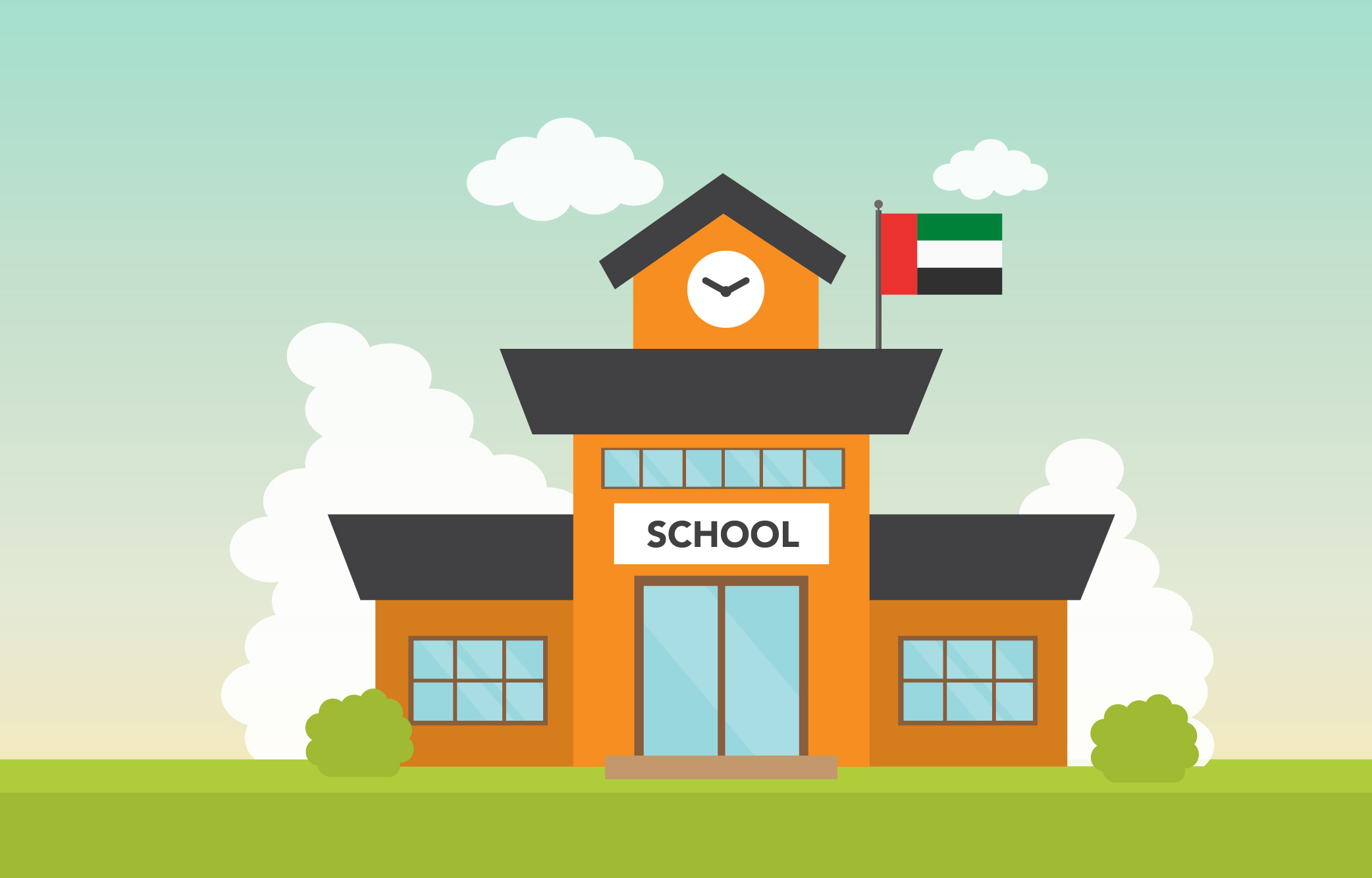Schools in the UAE need to consider the fact that we live in a rapidly shrinking world. Students, these days, are part of a much larger global community. They’re used to questioning their place in the world – and this is very much the case in the UAE, where many students have come here from other part of the world. Here are just some of the ways that schools can both act local and think global.
-
Global learning
Global learning involves teaching students about the world, and encouraging them to think global. This can involve a range of subjects and topics, from geography to intercultural education. Encouraging students to become a global learner can help them to become creative, open-minded, and more self-aware. The Think Global School (thinkglobalschool.org) is a boarding school that travels the world, visiting twelve different countries around the world. While not all schools can afford to do that, and not all parents would want to do send their children away for months either, it’s necessary for students to learn about the rest of the world. Students are the future, after all, and encouraging them to think globally is important for all of our future. This is especially helpful in their later life, too. According to the UK’s Development Education Association, ninety-three per cent of businesses think it’s important for young people to be thinking globally, and will be more likely to hire them in the future.
-
Be eco-friendly
Encouraging students to think about and look after their local wildlife or plants can help them to learn about the wider global environment. It can be hard for them to consider the whole planet, but they can start off by caring for their gardens or nearby parks, and this will teach them about necessary skills. It’s important to teach students about turning lights off, or not dropping litter. Set up recycling bins around the school, or even take the students out on litter-picking campaigns to try and raise more awareness in the community. The school as a whole could also start a tree-planting scheme, or a school garden, which the students would have a responsibility to care for.
-
The power of the individual
When learning about the rest of the world, and the political problems and environmental issues that it’s facing, it’s possible for students to feel powerless, that nothing they could possibly do would make a difference. The Center for Sustainable Economy, in the USA, has developed a tool to help with this, at myfootprint.org. Students can take a quiz on this website, which helps them assess their environmental impact through what they eat and how they use electricity, and it helps them to calculate their ecological footprint. Once they’ve done this, they can start to think about how they can change their habits, whether that’s through eating locally produced food, or carpooling with friends. Eventually, they’ll come to see that an individual can still make a difference.
-
Teachers
Getting your school to act locally and think globally isn’t just about the students. The teachers have a part to play, too. It’s important that they can get the facts straight, and ensure the students haven’t learned any erroneous information about the wider world. As well as talking to the students, teachers should also work hard to educate the parents, and dispel any myths they might have already picked up. There are plenty of online resources that teachers can use,for example, where there are resources for a variety of subjects, topics, and age groups. Teachers don’t even have to make elaborate lesson plans for their students. Getting the students outside, even it it’s just out on to the playground, can help students learn more about their local environment, the first step to thinking globally.









![How To Improve School Communication [A Detailed Guide] How To Improve School Communication [A Detailed Guide]](https://www.schoolvoice.com/blog/wp-content/uploads/2021/12/How-To-Improve-School-Communication-100x70.jpg)
